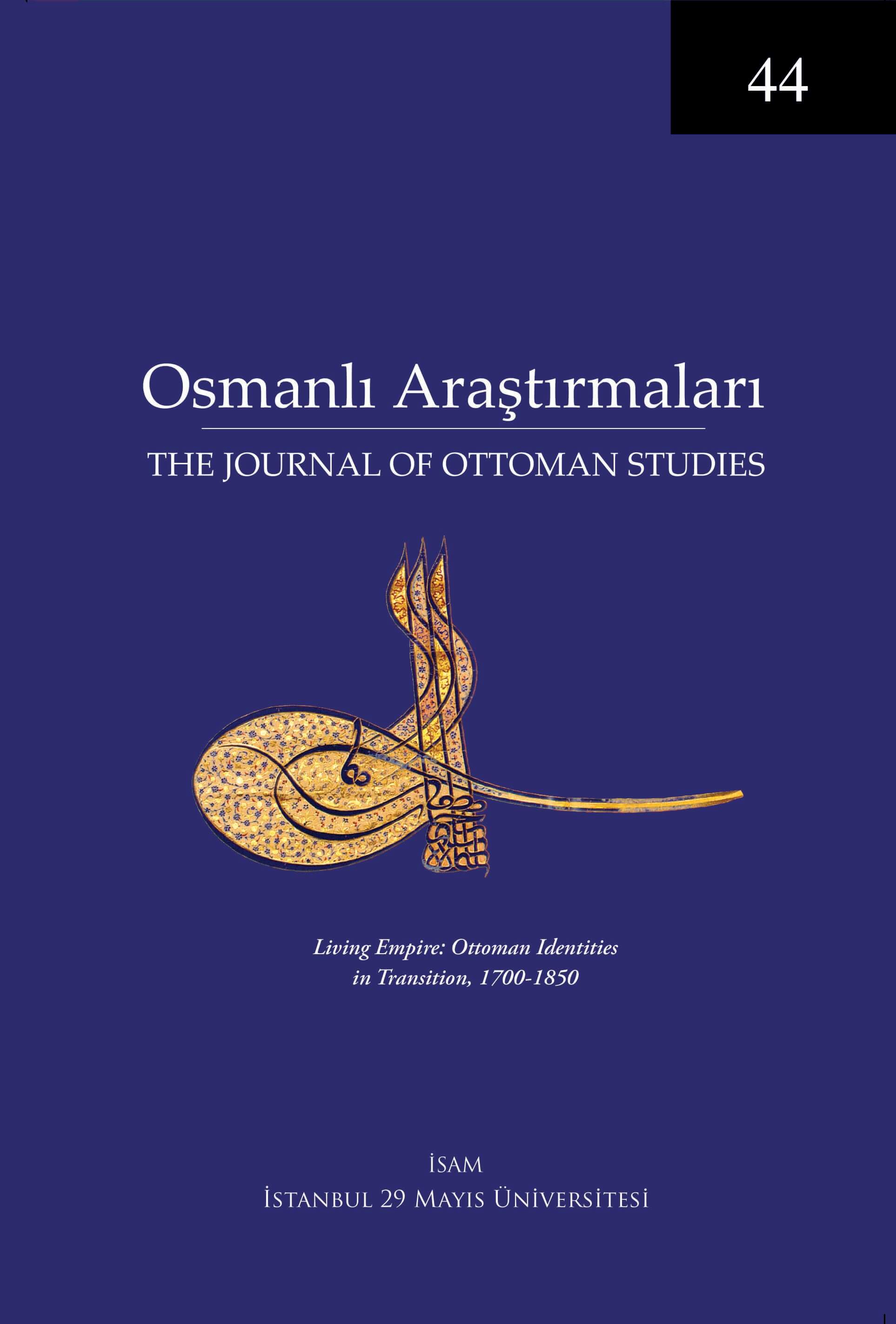Portrait and Self-Portrait: Ibrahim Müteferrika’s Mind Games
Keywords:
İbrahim Müteferrika, Ottoman identity, conversion, eighteenth century, self-portraiAbstract
The paper deals with an intellectual who was famous in Ottoman cultural history as the founder of the first Turkish printing house (1726). He was a Hungarian born Protestant (allegedly Unitarian), who left his homeland in Transylvania in the late seventeenth century, took refuge in the Ottoman Empire and converted to Islam, gaining a new Ottoman and Muslim identity under the name Ibrahim Müteferrika. The paper reveals Müteferrika’s portrait and self-portrait by dwelling not only on the few available narratives dealing with it, but also on those aspects of Müteferrika’s post- Transylvanian activities in which one could see some important idiosyncrasies of his pre-Ottoman identity. To date, there are only three narratives revealing Müteferrika’s biography: of Müteferrika’s contemporaries César de Saussure and Charles Peyssonnel, as well as of Müteferrika himself. However, Saussure’s and Peyssonnel’s portraits, on the one hand, and Müteferrika’s self-portrait, on the other, allow us to contrats the images appearing from them. All three biographical narratives provide a basis for different and even controversial interpretations of the following more or less unclear issues: how exactly did Müteferrika become an Ottoman subject; what was his reli- gious affiliation before Islam; and how did he convert to Islam: of his own free will or under the pressure of unfavorable circumstances? Müteferrika himself may have created a much more favorable self-image through mystifying the circumstances that led to his conversion. This story could serve also as an act of submission before his new Muslim rulers. In other words, Müteferrika probably created an alternative and fictitious self-portrait, which is much more plausible than the real one.




